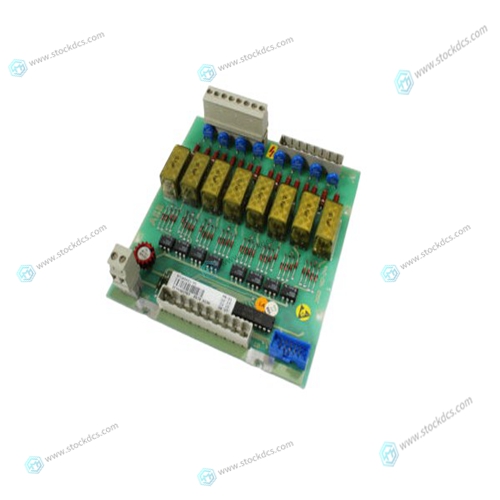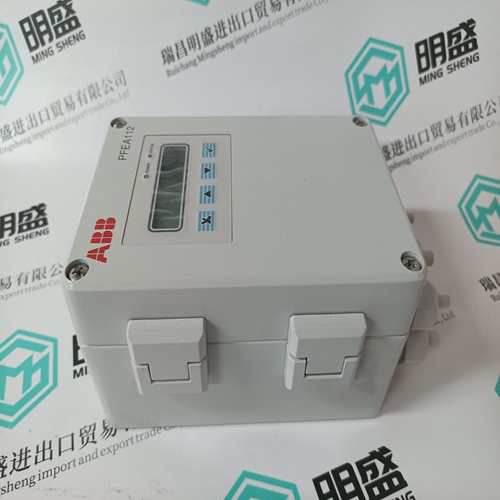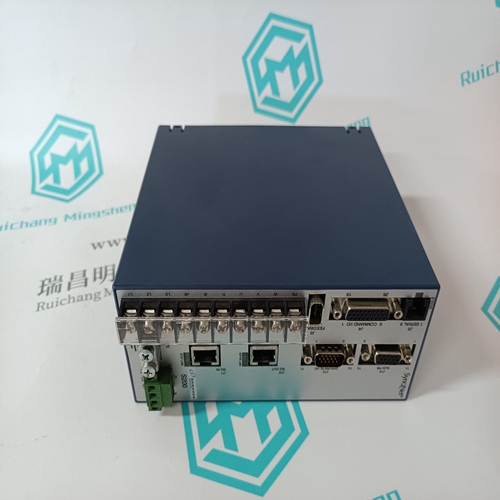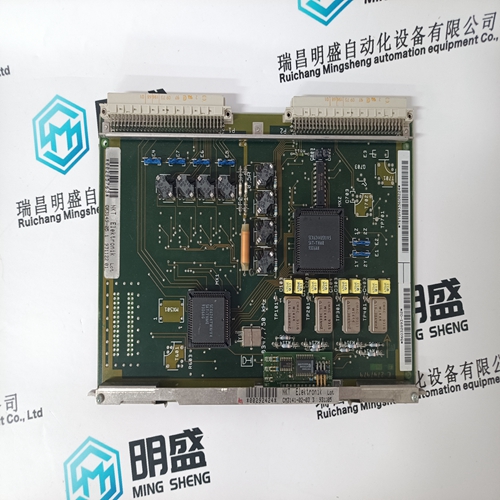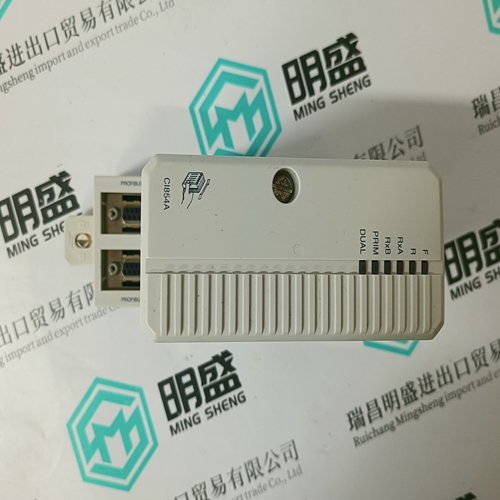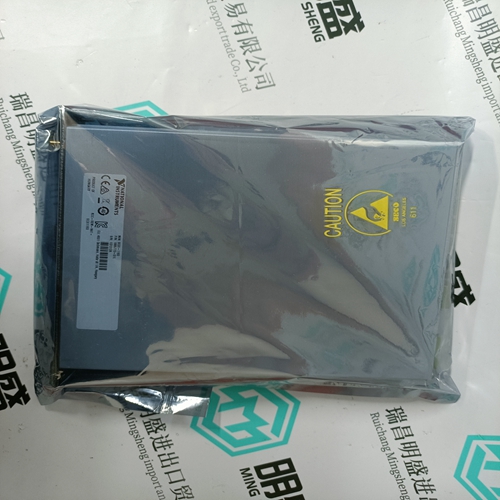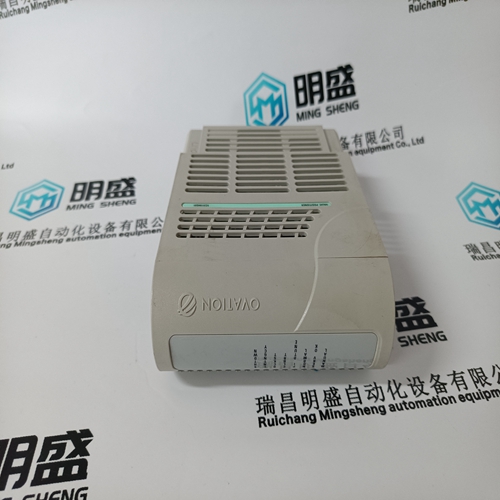Home > Product > DCS control system > ABB DSTD W130 57160001-YX Logic control module
ABB DSTD W130 57160001-YX Logic control module
- Product ID: DSTD W130 57160001-YX
- Brand: ABB
- Place of origin: The Swiss
- Goods status: new/used
- Delivery date: stock
- The quality assurance period: 365 days
- Phone/WhatsApp/WeChat:+86 15270269218
- Email:stodcdcs@gmail.com
- Tags:ABBDSTD W13057160001-YXLogic control module
- Get the latest price:Click to consult
ABB DSTD W130 57160001-YX Logic control module
Inverting the Loop Polarity
When the polarity of the feedback is incorrect, the user must invert the loop polarity and this may be
accomplished by several methods. If you are driving a brush-type DC motor, the simplest way is to
invert the two motor wires (typically red and black). For example, switch the M1 and M2 connections
going from your amplifier to the motor. When driving a brushless motor, the polarity reversal may be
done with the encoder. If you are using a single-ended encoder, interchange the signal CHA and CHB.
If, on the other hand, you are using a differential encoder, interchange only CHA+ and CHA-. The
loop polarity and encoder polarity can also be affected through software with the MT and CE
commands, respectively. For more details on the MT command or the CE command, see the
Command Reference section.
Sometimes the feedback polarity is correct (the motor does not attempt to run away) but the direction
of motion is reversed with respect to the desired commanded motion. If this is the case, reverse the
motor leads AND the encoder signals.
If the motor moves in the required direction
but stops short of the target, it is most likely due to insufficient torque output from the motor command signal ACMD. This can be alleviated by reducing system friction on the motors. The instruction: TTX (CR) Tell torque on X reports the level of the output signal. It will show a non-zero value that is below the friction level. Once you have established that you have closed the loop with the correct polarity, you can move on to the compensation phase (servo system tuning) to adjust the PID filter parameters, KP, KD and KI. It is necessary to accurately tune your servo system to ensure fidelity of position and minimize motion oscillation as described in the next section.
Connect Sinusoidal Commutation Motors
When using sinusoidal commutation, the parameters for the commutation must be determined and saved in the controller’s non-volatile memory. The servo can then be tuned as described in Step 9. Step A. Disable the motor amplifier Use the command, MO, to disable the motor amplifiers. For example, MOX will turn the X axis motor off.





Company product range
----------------------Ruichang Mingsheng Automation Equipment Co., Ltd----------------------
PLC module, programmable controller, CPU module, IO module, DO module, AI module, DI module
Network communication module,
Ethernet module, motion control module, analog input module, analog output module, digital input module, digital output
Module, redundancy module, power module, relay output module, relay input module, processor module
after-sales
Professional sales electric brand products around the world
Products overseas direct purchase, quality goods inventory, price concessions
After-sales warranty, models complete, the same product, different price and service.
